In the mid-19th century, French poet Charles Baudelaire wrote a collection of essays called “Artificial Paradises.” He described his own experiences with various psychoactive substances, warning against apparent moments of satisfaction that can lead to addiction. This work is also an intellectual attempt to understand the limits of human experience and creativity, changes in the perception of reality. It reflects on the human quest for transcendence and the search for the infinite, which often leads to a dangerous escape into a world of illusion.
At the same time, as the industrial revolution continued, the techniques and fields of use of photography were changing. Thanks to the invention of printing, in the early 20th century fashion photography began to appear in magazines as a tool for documenting fashion, but also as a means of artistic expression. It quickly became an integral part of the fashion industry, driven mainly by the needs of advertising and trade magazines. The history of photography is a fascinating example of the interweaving of art, technology, and culture.
The 21st century is the age of rampant development of digital technology, artificial intelligence, quantum computers. It is natural that, as in many other fields, fashion photography is also a dynamic field of experimentation, where photographers, designers, and increasingly artificial intelligence collaborate to create images that push the boundaries of traditional garment presentation. It is a field that is constantly evolving, responding to changing trends and technologies, as well as social and cultural transformations. Thanks to digitization and social media, photography has become more accessible and democratic, allowing people to present their creations, including selfies modified through filters and algorithms, to a global audience. Access to the latest technology has become a new luxury.
Modern media, social networks are constructed to attract and retain as many users as possible – they use game elements (i.e., reward elements), to motivate them to continue using a particular product or online platform. They often suggest harmful content, are manipulative, and can be addictive. Phonoholism, network addiction, cyber addiction, computer game addiction – these are new addictions currently being diagnosed. There is growing talk of digital colonialism – the deepening domination of the rich North over the poorer Global South.
Baudelaire, although fascinated by the possibilities offered by intoxicating substances, warned that “paradise seekers are preparing hell for themselves, preparing it, building it so effectively that if they could foresee it – perhaps – they would be terrified.” Unfortunately, his words are still relevant today.
Emilia Lapko’s exhibition at MNS, the title of which the artist borrowed from Baudelaire, is the result of her research in the field of digital photography, which takes on increasingly hybrid forms and leads us into areas of illusion. It does not represent an actual reflection of the physical world, but is the sum of various algorithms. “Artificial paradises” is a metaphor for the better world we have access to through the screen. The artist explores the relationship between fashion, identity, and the body using photography and digital technologies based on artificial intelligence. These new tools bring us into a completely different social and cultural dimension. They expand human cognitive, communication and creative abilities. They also have the effect of reducing privacy, subjecting us to manipulation in perceiving the world around us, and constructing our own identity.
One of the conclusions of Emilia Lapko’s exhibition is that artificial paradises, understood as the digital world, have already irrevocably penetrated the physical world around the world. Drawing on the history of photography and its historical entanglements with the humanities such as anthropology, the artist attempted to show how this medium, often used as an ethnographic setting, reflects only selected fragments of reality without taking into account the broader political, social, and cultural context. The possibilities of technological manipulation of created images reinforce the falsified message. Thanks to them, new identities are created, no longer just of human beings, but of new digital entities.
Marlena Chybowska-Butler
EMILIA ŁAPKO was born in 1985 and graduated from the State High School of Fine Arts in Szczecin. She studied at the University of Arts in Poznan, where she defended her Master of Arts degree in scenography, and at the University of Szczecin with a Master of Philosophy degree. She works as an assistant in the Fashion and Product Photography Studio at the Fashion Design Department of the Academy of Art in Szczecin. She is also active as an independent artist pursuing projects in the broadly defined visual arts.
Łapko’s interests include photography, video, and stage design. On a daily basis, she runs her own studio realizing photo shoots in the field of clothing industry. She assists companies as an art director specializing in the field of creating, developing, and maintaining a unique brand or product image.
The artworks in the exhibition are part of Emilia Lapko’s PhD thesis, created at the Academy of Art in Szczecin under the supervision of supervisor Dr. Hubert Czerepok.
The doctoral dissertation and the exhibition were created as part of the project “Art and Art Education in Transcultural Perspective” (TPAAE) funded by the European Union under the Horizon 2020 research and innovation program in accordance with Grant Agreement No. 87271 and by the funds of the Ministry of Science and Higher Education’s “PMW” program in 2020-2023 under contract No. 5109/H2020/2020/2

